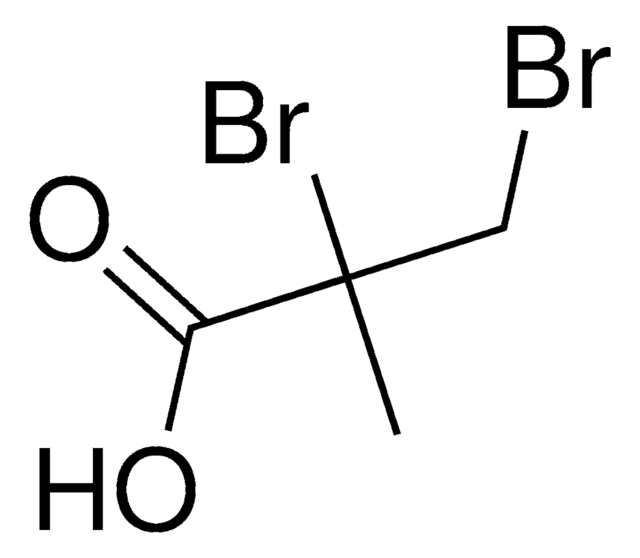About This Item
26 mmHg ( 25 °C)
Recommended Products
grade
HPLC grade
Quality Level
vapor density
3.2 (vs air)
vapor pressure
22 mmHg ( 20 °C)
26 mmHg ( 25 °C)
assay
≥99.9%
form
liquid
autoignition temp.
997 °F
expl. lim.
7 %
technique(s)
HPLC: suitable
impurities
≤0.02% water
evapn. residue
≤0.0005%
color
colorless
refractive index
n/D 1.496 (lit.)
bp
110-111 °C (lit.)
mp
-93 °C (lit.)
density
0.865 g/mL at 25 °C (lit.)
UV absorption
λ: 290 nm Amax: 0.30
λ: 310 nm Amax: 0.05
λ: 350 nm Amax: 0.004
SMILES string
Cc1ccccc1
InChI
1S/C7H8/c1-7-5-3-2-4-6-7/h2-6H,1H3
InChI key
YXFVVABEGXRONW-UHFFFAOYSA-N
Looking for similar products? Visit Product Comparison Guide
Related Categories
General description
Application
- As a doping agent during the quantitative estimation of triacylglycerols (TAGs) by liquid chromatography-atmospheric pressure photoionization-mass spectrometry (LC-APPIMS). It has been reported to improve the sensitivity of analysis.
- For the decontamination of microbial cultures and lyse bacterial cells in bacterial enzyme assays.
- As a solvent for the preparation of 4-arm polylactide-based (PLA) star oligomer.
Packaging
As a global leader in lab reagents, we are constantly looking for new ways to optimize the safety of our products. The newly developed 4L solvent bottle design features advanced sealing technology that eliminates leaks to make the handling of solvents safer and more convenient than ever before.
See all the new features here!
signalword
Danger
Hazard Classifications
Aquatic Chronic 3 - Asp. Tox. 1 - Flam. Liq. 2 - Repr. 2 - Skin Irrit. 2 - STOT RE 2 Inhalation - STOT SE 3
target_organs
Central nervous system
Storage Class
3 - Flammable liquids
wgk_germany
WGK 3
flash_point_f
39.9 °F - closed cup
flash_point_c
4.4 °C - closed cup
ppe
Eyeshields, Faceshields, Gloves, type ABEK (EN14387) respirator filter
Choose from one of the most recent versions:
Already Own This Product?
Find documentation for the products that you have recently purchased in the Document Library.
Customers Also Viewed
Our team of scientists has experience in all areas of research including Life Science, Material Science, Chemical Synthesis, Chromatography, Analytical and many others.
Contact Technical Service





